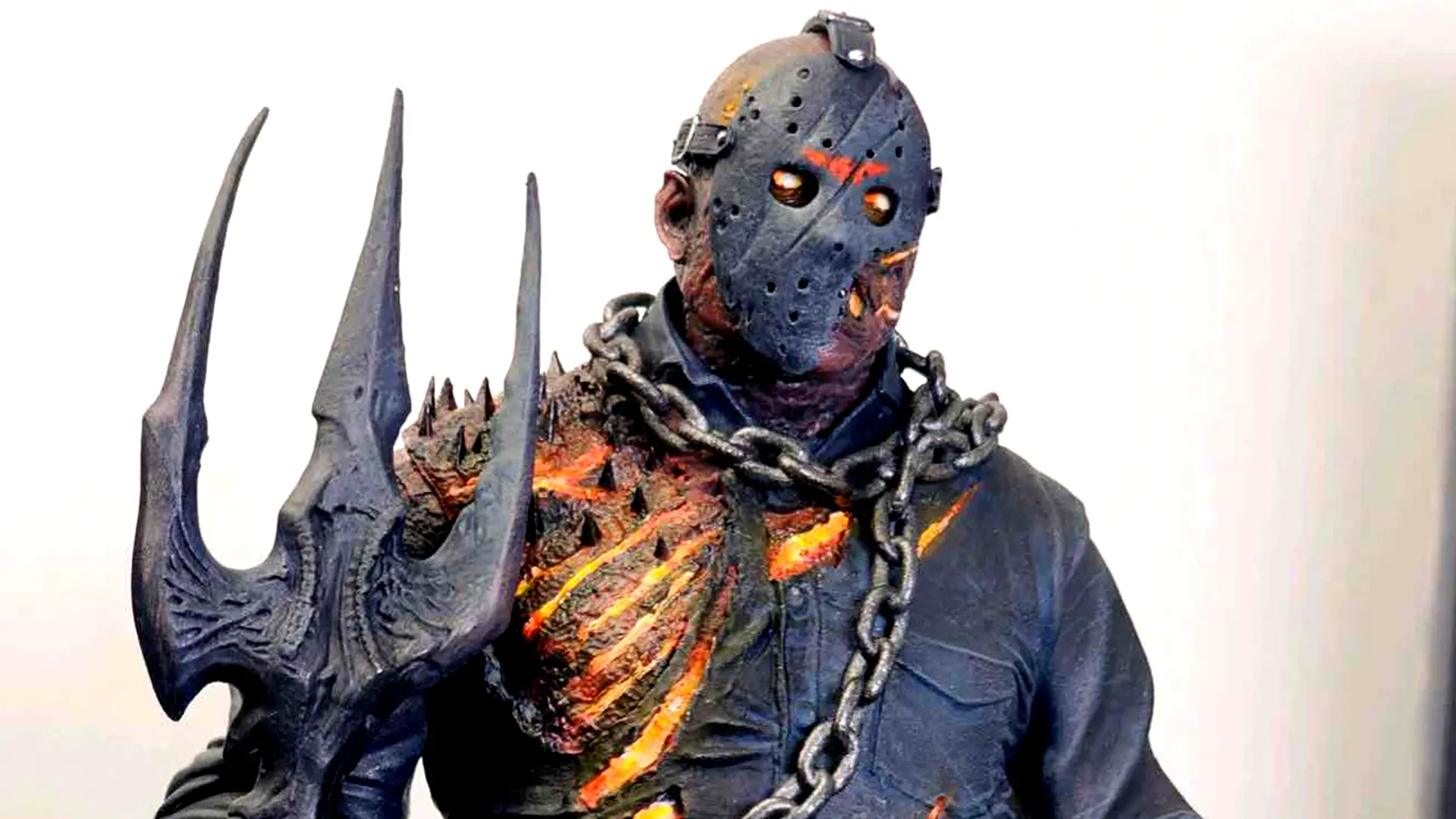Let’s talk about Norm Saunders—the man, the myth, the artistic legend who gave the world some of the most jaw-dropping, eye-popping illustrations of the 20th century. Born in 1907 in the icy wilderness of Minnesota, Saunders didn’t just dip his toes into the art world; he cannonballed straight in, leaving a splash so big it’s still rippling today. From pulp magazines to spine-chilling comic book covers and the gloriously gory Mars Attacks trading cards, Saunders had a knack for capturing the bold, the bizarre, and the downright thrilling.
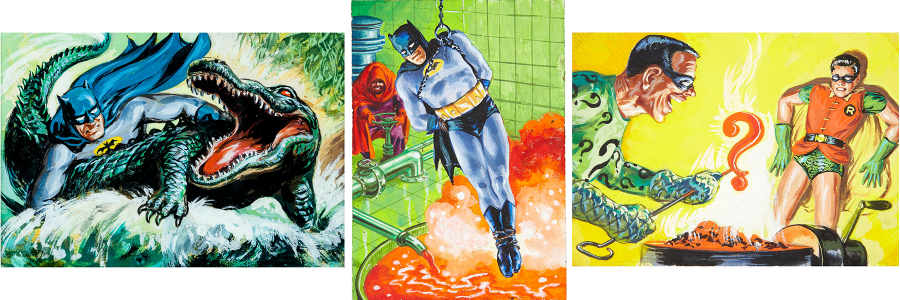
From Pulp to Powerhouse
Saunders hit the ground running in the 1920s, diving headfirst into the technicolor world of pulp fiction. These weren’t your grandma’s magazines—pulp covers were the wild west of art, and Saunders was their gunslinger-in-chief. Adventure! Sci-fi! Noir! He tackled them all with his signature style: dynamic action scenes packed with raw emotion and explosive drama. Whether it was a hard-boiled detective squaring off with a shadowy villain or a death-defying hero wrestling with alien beasts, Saunders’ work leaped off the page like a punch to the jaw.
Readers couldn’t get enough, and neither could publishers. His covers didn’t just sell magazines—they demanded attention, pulling you into a world where danger lurked around every corner, and the stakes were sky-high. It was no wonder he quickly became a titan of the pulp world during its golden age.
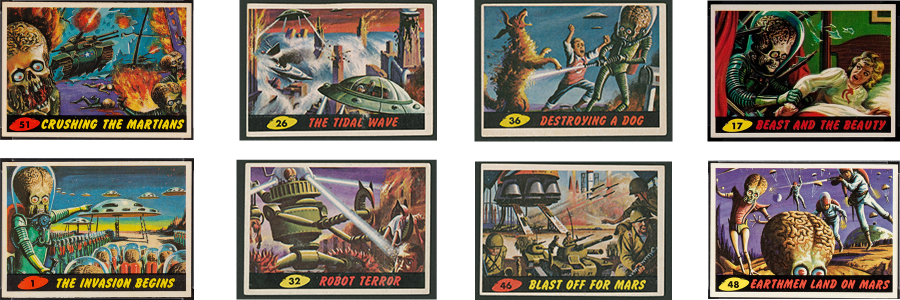
Into the Shadows: Horror Comics That Haunt Forever
When the 1950s rolled around, Norm Saunders pivoted to comic books, and boy, did he deliver. One of his most unforgettable creations? The absolutely bonkers cover of Worlds of Fear #10 (1953). Picture this: a frantic man, his face frozen in terror, as dozens of disembodied, bloodshot eyeballs seem to pierce right through him. These aren’t your average peepers—they’re unsettling, invasive, and downright grotesque, giving the cover a nightmarish, almost surreal quality.
Saunders’ use of bold, hyper-vivid colors and exaggerated expressions takes the horror to another level. The composition pulls you in, making you feel the dread and paranoia of being watched. This wasn’t just horror—it was Saunders flexing his ability to blend suspense and surrealism into a single unforgettable image. It’s no wonder Worlds of Fear #10 is considered a standout in horror comic history.
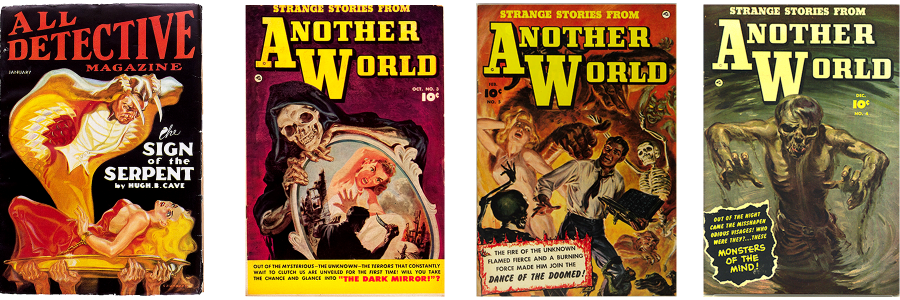
Martians, Mayhem, and the Trading Card Revolution
By the 1960s, Saunders was ready for his next big adventure: trading cards. And let’s be clear—this wasn’t some kid-friendly venture with rainbows and puppy dogs. Oh no. Saunders went full-throttle sci-fi horror with the legendary Mars Attacks series, a graphic, no-holds-barred depiction of a Martian invasion that made audiences gasp, giggle, and gag all at once.
Think exploding cities, melting humans, and aliens that were equal parts creepy and captivating. The cards caused such a stir that they gained a cult following, cementing Saunders’ place as the king of provocative pop culture. And the hits didn’t stop there. He also lent his vivid imagination to Batman, Superman, and Wacky Packages cards, proving that no matter the genre, he could deliver knockout visuals every time.
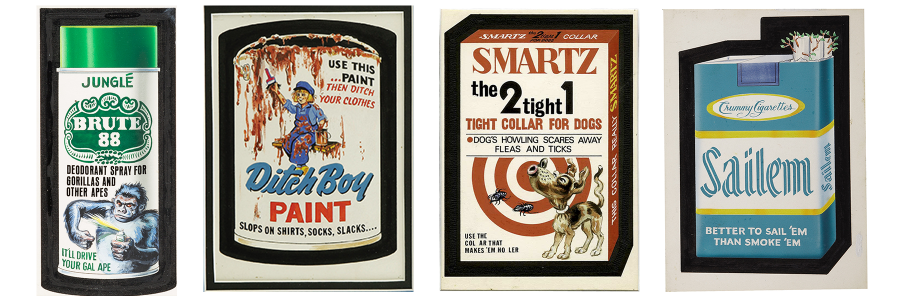
Why Norm Saunders Still Rules
What made Norm Saunders a legend? It wasn’t just his incredible technique—though his use of bold colors, stunning textures, and meticulous detail was second to none. It wasn’t just his versatility, jumping from pulpy thrillers to eerie comics to iconic trading cards like it was no big deal. What set him apart was his ability to tell a story with a single image. Every brushstroke, every color choice, every line pulled you into a narrative so vivid, it was impossible to look away.
From the gritty streets of pulp detective tales to the chilling graveyards of horror comics and the explosive chaos of alien invasions, Saunders gave us worlds to lose ourselves in. He didn’t just illustrate—he brought stories to life, and in doing so, became one of the most influential illustrators of the 20th century.
So the next time you catch a glimpse of a pulp magazine cover, a vintage comic, or those infamous Mars Attacks cards, tip your hat to Norm Saunders—the man who made bold, brash, and breathtaking an art form.




